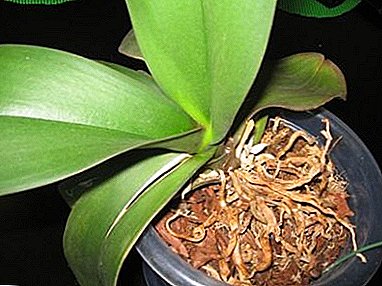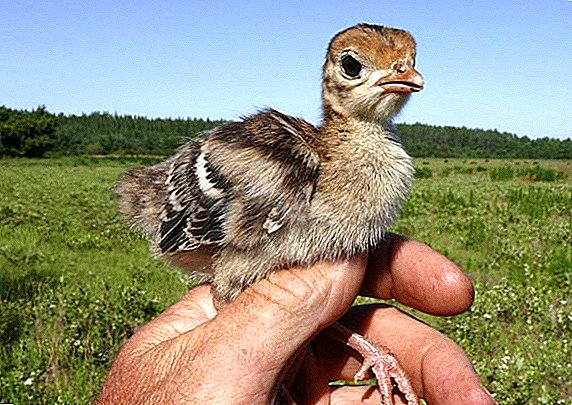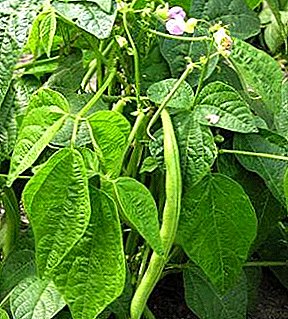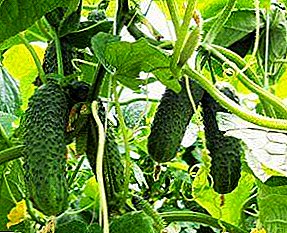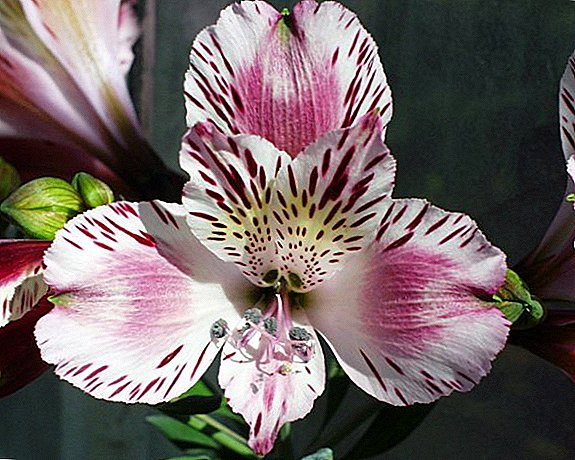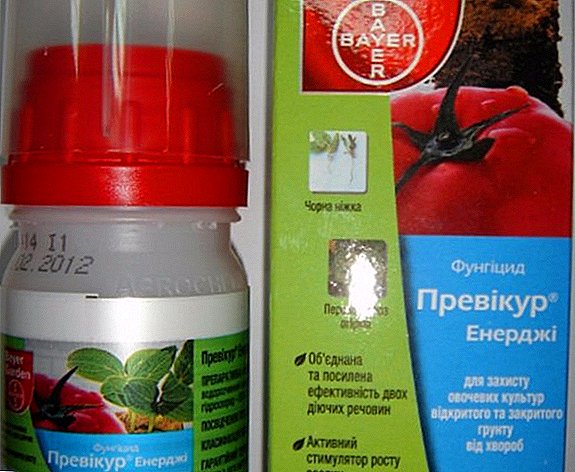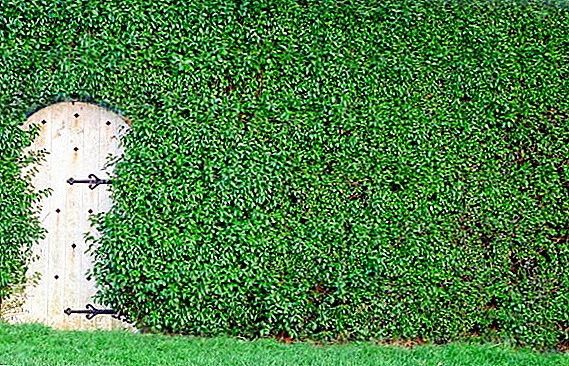 Each summer resident thinks about planting along the fence in the country, so that the plant not only delights with its appearance, but also serves as an additional protection from street noise, dust and prying eyes. It is the green gives the site a special flavor.
Each summer resident thinks about planting along the fence in the country, so that the plant not only delights with its appearance, but also serves as an additional protection from street noise, dust and prying eyes. It is the green gives the site a special flavor.
Planning planting plants along the fence.
However, it is not worthwhile to plant everything that comes to hand. By planting plants should be approached carefully.
What to consider when choosing plants
Before you finally decide what to plant behind the fence, you must consider a number of factors:
- soil composition, proximity to groundwater, climate specificity, so that the plant does not die due to inappropriate conditions;
- features of plant care;

Important! It is not recommended to plant a difficult-to-care crop if there is no one living at the dacha and there will be nobody to look after the greens.
- the purpose of planting (decorative, protective, to create additional shadows, etc.);
- wind blowing area and the presence of light;
- cottage planning;
- characteristics of the fence itself (height, technical condition, color, etc.);
- compatibility of different cultures. For some plants, the neighborhood is highly undesirable;
- plant life cycle and features of their development. Some cultures have a powerful root system that can damage the foundation of the fence. In addition, plants should be provided in the composition along the fence, which bloom at different times to ensure a decorative effect.

Important! On the traditional 6 acres it is not necessary to place large tall plants, since they not only create an undesirable shade for crops, but also require a lot of space.
How type of fence affects plant selection
When choosing which bushes to plant along the fence, it is necessary to take into account the type of barrier.
If the fence is wooden, the choice is practically unlimited - any trees and shrubs will feel great here (barberry, hawthorn, lilac, elder, thuja, cherry, plum, hydrangea, and many others).
The metal fence can be heated in the sun, so it is recommended to plant strong, unpretentious plants - rosehip, birch, maple near it.
The grid-chain-link will serve as a support for climbers - actinidia, m of maiden grapes, decorative beans, climbing roses, sweet peas. Care should be taken with hops, as it spreads very quickly over the area and is poorly displayed.
Important! Do not plant crops too close to the fence. Distance required - 1-2 meters.Flowering plants will attract additional attention to the fence, so it must be put in order (cleaning, painting, protection from rot and rust).

What to plant along the fence
It is also important to properly organize the planting, having the plants in size and flowering time.
We select mixborders
Unpretentious plants for hedges can be combined in mixborders - compositions of perennial ornamental crops.
Did you know? Mixborders were invented in England.When forming, consider the following rules:
- emphasis is placed on the side of the mixborder, which is better viewed;
- the lowest plants are always planted ahead;
- to view from the side between the fence and planting it is desirable to leave a strip of lawn;
- cultures mixborders grow quickly, so you need to ensure that they do not interfere with each other and maintain a decorative appearance.

For shrub compositions it is best to choose plants with a small crown and a long flowering period. Most often gardeners prefer rhododendron, forsythia, spirea, hydrangea. Complement them with magnolia, iberis, boxwood.
A great solution would be planting near the bushes of plants that cover the ground - stonecrop, periwinkle, yaskolki, carpet phlox. The space between the bushes is filled with daisies, hosts, viols, primulas.
Coniferous mixborders of cedar elfin wood, fir, thuja, juniper, dwarf pine trees and spruce look along the fence very effectively and unpretentious in the care. The composition is supplemented with irises, daffodils, daylily, geyher, and also decorated with curly stones, lichens, moss, gravel.
The most difficult is the floral mixborder type. Classic is considered to be a combination of roses with lupins, decorative onions, digitalis, delphinium and chamomile with cosmeye, calendula. 
Landscape designers recommend planting together blue, red, yellow flowers, as well as crimson, purple, green, orange shades. Universal are white flowers. They select plants not only in height and color, but also in texture.
Beautiful ornamental shrubs
Park varieties of roses are quite suitable for creating flower beds along the fence. And although they bloom once per season, during this time they manage to please with beautiful flowers and pleasant aroma.
Habitual jasmine is easy to care and endurance to shade. Lilac and forsythia will fall in love with unpretentiousness and lush flowering in spring. Bubbyplodnik attracts attention with spectacular reddish-maroon leaves, it cuts easily.
Among the varieties of rhododendron, Violetta, Blue Peter, Alfred gained special love of summer residents. Derain along the fence can also be found quite often. It retains its decorative qualities all year round. The most popular varieties are Rubra, Gold Star, Cherokee Princess.
Fruit bushes
Summer residents think not only about which bushes to plant along the fence, but also how to make them useful. A wonderful decision will be fruit bushes. 
The barberry will not only protect the site from prying eyes, but will also give excellent-tasting berries, which are widely used in cooking. Hazel will delight you with lush greens in the summer and delicious nuts in the fall.
Irga as a hedge is resistant to all the vicissitudes of weather, disease and pests. Rosehip will stock up on vitamins for the winter. Hawthorn does not require much attention from the gardener.
The hedge from chokeberry Aronia will not only decorate the site, but also a storehouse of ascorbic acid (vitamin C). Placing along the fence raspberries, currants, gooseberries, blackberries will save space in the garden.
Liana
Landscape designers to create hedges in the country recommend perennial frost-resistant lianas. Girlish grapes pleases with their views all year round, but looks particularly impressive in the bright colors of autumn. It grows quickly, does not require special care. 
Clematis strikes with its beauty even experienced gardeners. However, it takes root only on well-lit areas with well-moistened soil. Honeysuckle Capricole is not only beautiful leaves, but no less beautiful flowers. Also requires a lot of light and moisture.
The most unpretentious of vines, recommended for planting at the fence novice gardeners, is ivy. The plant easily carries the shadow.
Trees
Most of the trees wonderfully perform the function of the hedge, so each owner chooses what to plant. The hedge of fir trees grows high, securely closes the area from prying eyes. Trees require treatment at the beginning of the season from diseases and pests.
Unpretentious tue can be given almost any shape. Fir has a beautiful crown, easy to care for. Juniper perfectly adapts to weather conditions. Pine will appreciate the excellent decorative qualities, but will require regular cutting and watering in hot weather. 
Did you know? That pine is considered the most ancient tree known to scientists.Willow will harmoniously look not only at the water, but also as a hedge. It has a lush green mass. Interesting forms can be given to hornbeam crowns.
For those who want to make the most efficient use of the site, experts recommend planting fruit trees traditional for our latitudes (cherry, plum, apricot, apples, pears, etc.).
What to plant along the fence from the street
Experts advise on the outside of the fence to plant small varieties of trees that will securely cover your site - Maple, Rowan, chestnut, spruce, pine, birch. Shrubs (lilac, dogrose, and viburnum) can also be used for this purpose, but care must be taken that pedestrians do not break branches during flowering.
Flower lovers can plant large specimens, such as dahlias or mallow. 
Each gardener, having listened to the advice of specialists, will be able to find those plants that will become a real decoration not only of the territory near the fence, but also of the entire garden plot.


